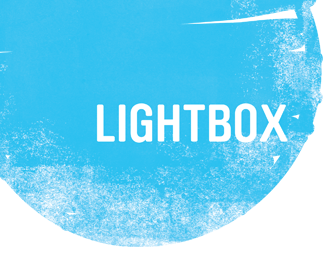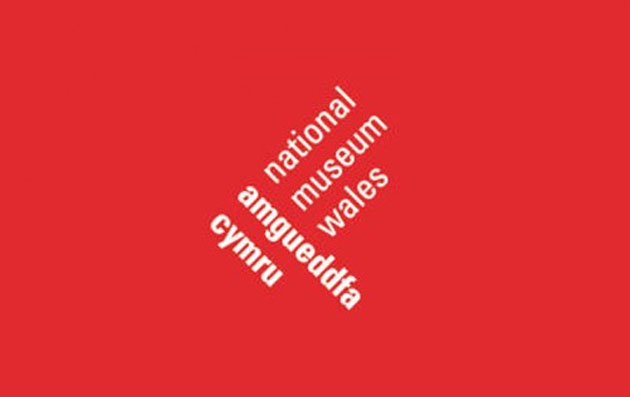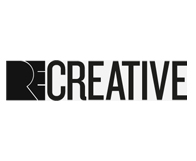Suzanne Mooney – Drawing & Applied Arts, UWE
courses.uwe.ac.uk
[expand title=”1. What should students be asking about the course (Facilities and Visiting Lecturers . . .)” alt=”1. What should students be asking about the course (Facilities and Visiting Lecturers . . .)”]
When applying for a university undergraduate course, firstly ask yourself what are you looking for. Make a list of what you think are essential requirements, for example the provision of a studio space, excellent technical facilities, an international exchange programme, etc. This will give you focus when choosing an appropriate university and course.
It is important to know as much as possible about the course you are applying to. Drawing and Applied Arts (DAA) is a multidisciplinary degree programme where drawing sits at the centre of creative practice. This unique course offers a studio- based exploration of the relationship between drawing and making, materials and ideas, form and content.
Students on the DAA course create a diverse range of work through a variety of arts and design practices. Our students can access facilities and technical expertise in wide range of areas including printmaking, painting, laser cutting, sculpture, textiles, ceramics, lens-based media and installation.
When considering a course find out the structure and forms of teaching, how large are the seminar groups/year groups and how often do they meet. DAA is delivered through lectures, group seminars and individual tutorials, with further information found online through the intranet.
Find out who teaches on the course, it is important to know that your tutors are actively practicing artist/designers/writers in their own right. Also does the course offer a visiting speakers or external events programme?
What kind of opportunities does the university or course offer, for example field trips, studying abroad, work-experience, sports facilities etc. DAA is particularly focused on giving our students an understanding of the wider context through a professional practice module that runs in parallel with the practical work.
[/expand]
[expand title=”2. Once a student has achieved the appropriate UCAS points what sort of qualities should they emphasise in their application? (What are you looking for – Do you look for extra curricular activities?)” alt=”2. Once a student has achieved the appropriate UCAS points what sort of qualities should they emphasise in their application? (What are you looking for – Do you look for extra curricular activities?”]
The personal statement is a real opportunity to tell us about you. We want to know what motivates, inspires and drives you. Let us know why you want to pursue studies in the field of art & design and what your career aspirations might be.
Let us know about exhibitions you have visited and what historical and contemporary practitioners you admire. We want to know about your extra curricular activities, have you done any work experience or volunteered in an arts organisation, for example.
[/expand]
[expand title=”3. What do you want to see in a portfolio?” alt=”3. What do you want to see in a portfolio?” ]
When applying to DAA, it is very important to include a sample of your Sketch books/ supporting material / preparatory work in your portfolio. We want to see your research methodologies, how you experiment, problem-solve and explore ideas, materials and techniques.
Your portfolio should have evidence of a diverse use of materials and techniques. This might include observational drawing, photography, printing, textiles, painting, 3-d work etc. but don’t worry if it doesn’t have all of the above.
We are looking for a portfolio with an individual approach to concepts, themes and course work. We are primarily looking for potential, someone that has ability but is willing to expand their skill-set, try out new techniques and be open to unfamiliar territories.
[/expand]
[expand title=”4. Can you suggest anything that would be good advice to students?” alt=”4. Can you suggest anything that would be good advice to students?”]
There is lots of information about the course online and in the university prospectus, do as much research about the course as possible. This might mean a
visit to the university on one of the Open days and speak directly to the staff and student ambassadors.
The end of year ‘Degree Show’ is a great time to visit as you get to see the type and variety of work students are producing on the DAA course.
Also, look at the NSS (National Student Survey) results for the course, this will give you an indication of how the course is fairing in relation to all other course in the country.
[/expand]




